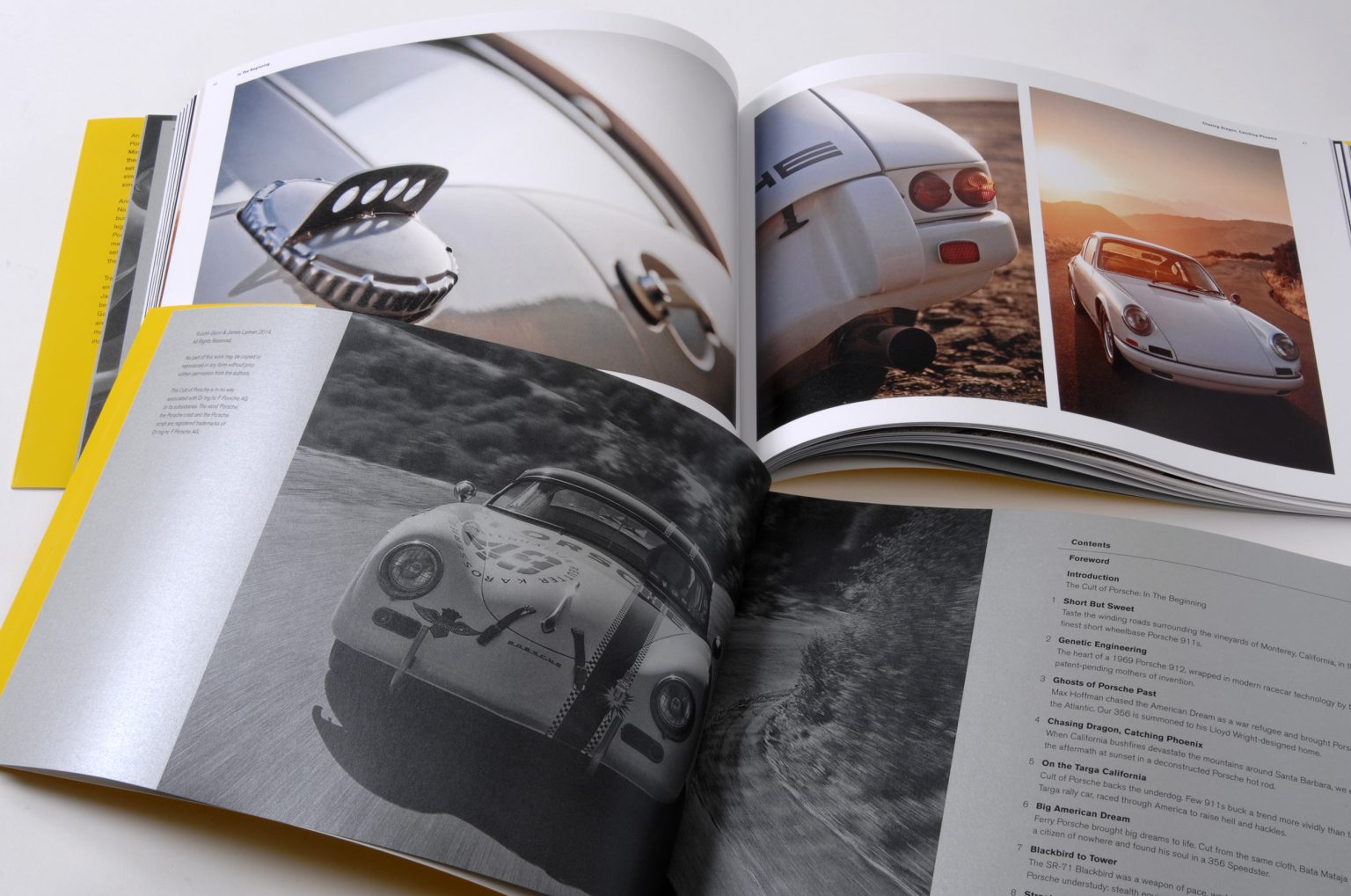By Sander Sondaal, Director Commercial Print Sales, Ricoh Graphic Communications, Ricoh Europe
Business change leading to a transition from offset to digital printing was the theme of the 11th Inkjet Summit recently held in Austin, Texas.
The largest Inkjet Summit yet hosted over 350 attendees and sponsors and delivered 34 hours of informative and inspiring content and discussions during the two and a half days.
Attendees were energised with new knowledge and ideas of what next steps to take for the successful evolution of their businesses by the general conference sessions and various other sessions.
The summit began with this poignant quote from a commercial printer: “For decades we as commercial printers have been wishing for a stop to the race to the bottom. This is the moment we’ve all been waiting for...”.
This was an acknowledgement that, for the first time in decades, the American print industry has been able to raise prices. Increases in the cost of paper, staff, and consumables, have been passed onto the print buyer with a little extra margin for the commercial printer on top.
While price elasticity has been more flexible than anyone could have projected, at some point in the future print buyers will hit a ceiling in terms of what they are willing to pay for print. This, IT Strategies suggests, is when print will become a luxury product.
Impacting this is:
Paper costs, while down now after a 2022 high, will probably increase to even higher levels thanks to a widespread reduction in paper production capacity.
The desire for employees to work in cleaner, more office-like environments.
Some of these challenges and how they are shaping the European printing market were discussed by my colleague Eef de Ridder. And while recovery is well underway Smithers’ The Future of European Printing to 2027 reported the value of the European print and printed packaging in 2022 totalled €159.2 billion, down from €173.0 billion in 2017.
At the summit it was also reported that IT Strategies found a high proportion of American commercial printers could have a better understanding of their total cost of ownership (TCO).
The reasons for this are the:
Rapid shift in costs during the last 12 months – “little” price increases here and there add up to a big difference.
Lack of MIS/ERP systems that track and measure print from the moment it is ordered to the moment it is delivered. While offset and digital print costs are measured other areas such as finishing are often overlooked partly because finishing is mostly an analogue process and doesn’t connect to the MIS system used to track production.
Commercial printers wherever they may be reviewing their TCO today could find the gap between printing offset and digital printing has closed. This makes longer runs more cost effective on digital printing equipment.
By 2028, IT Strategies research shared at the Summit, predicts more than 50% of all print expenditure will be on digital printing. If inkjet print volumes, that currently account for about 5-10% of commercial and publishing print today, continue to grow between 10-20% annually, by 2028 inkjet pages in America will account for over 30% of all pages printed.
Smithers predicts slightly more tempered figures for Western Europe in The Future of Digital Printing to 2032 with digital inkjet printing by volume expected to grow 13% year on year.
However, both industry consultancies anticipate a buoyant sector, and with a digitally printed page approximately four to ten times more valuable than an offset printed page, the potential for future profitability is clear.
The summit suggested that this is the moment we have all been waiting for. It proposed that built up capital should be used to accelerate automation and enable a shift in business models supporting the move from print as a commodity to a high value product.
The well proven quality and value of inkjet technology, combined with automation and software solutions, can more effectively manage the fragmented, smaller print jobs that need to be delivered quickly and efficiently.
It can enable end to end automation and value creation as we head into a brave new world of print industry business models. One where print becomes a luxury product with prices and margins to match.
www.ricoh-europe.com
